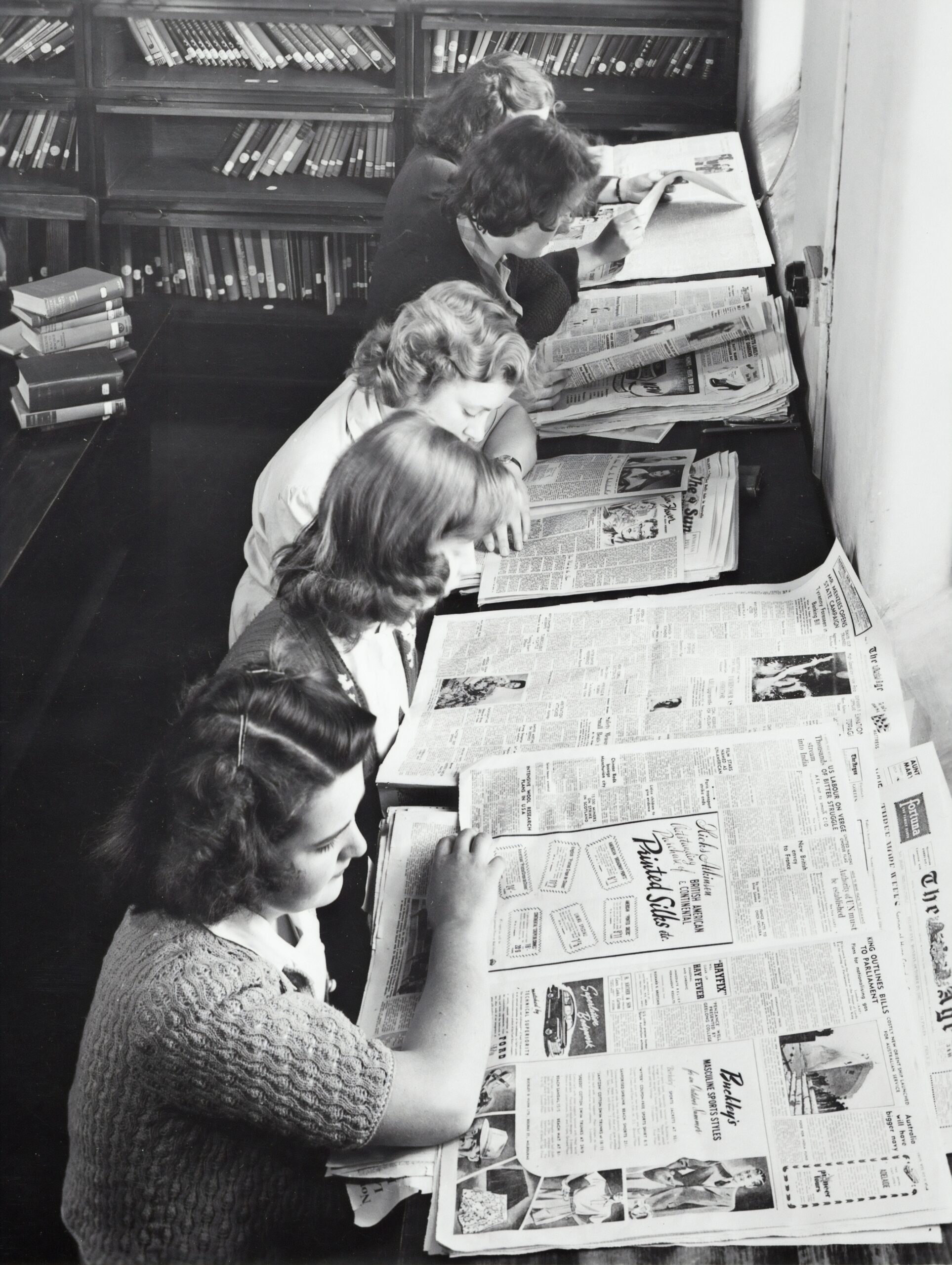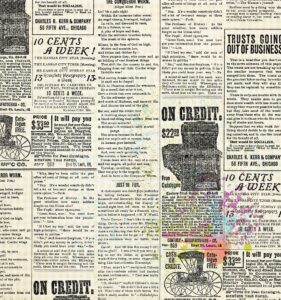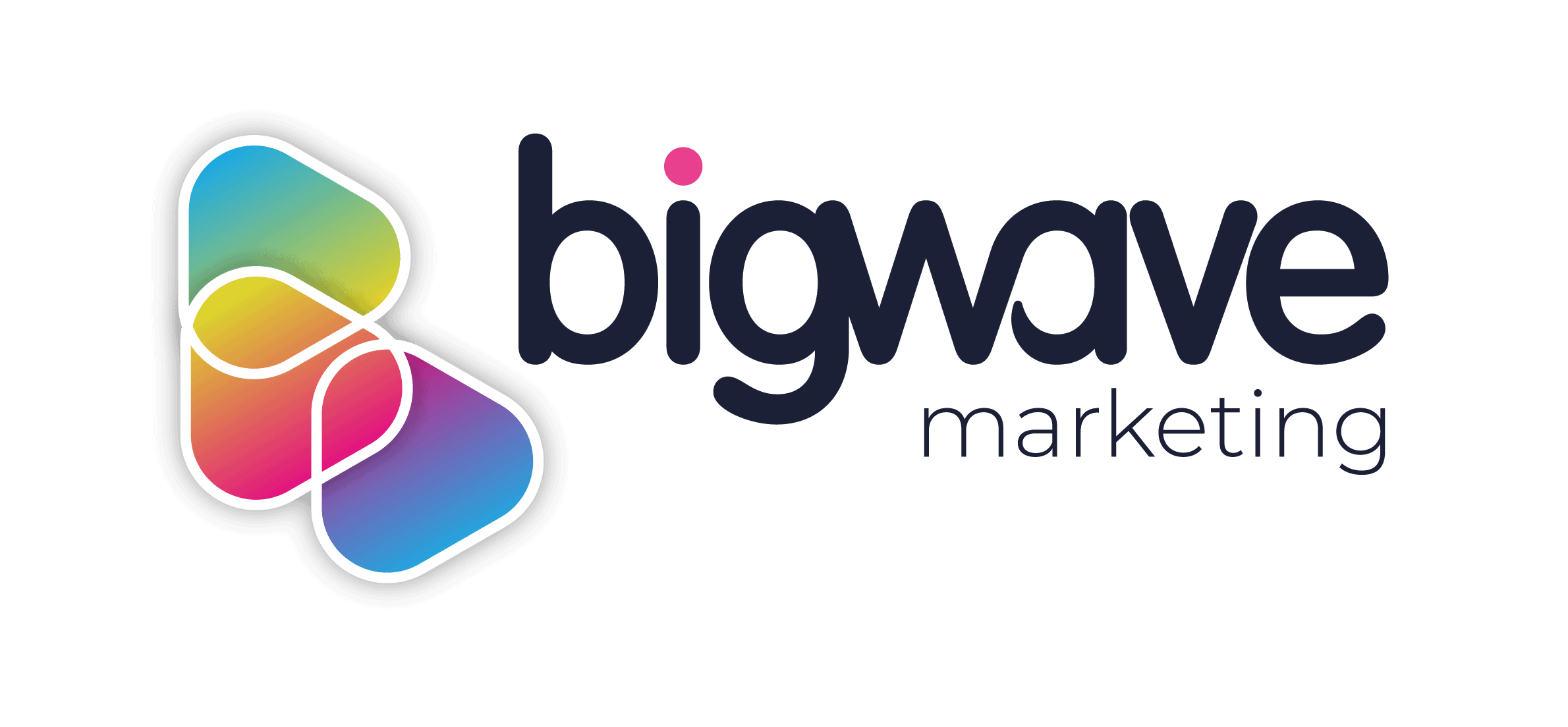In the beginning, there was print media. Advertising and digital marketing wouldn’t exist without it, and it’s still one of the most effective marketing methods today.
For this blog, we decided to go back and briefly look at the history of print media, sharing some key points that you need to know about it, along with the rise of digital media, print in the modern-day, and what the future of print might look like.
Early Print Media
Print media has been around for centuries. We learned about our world through books, magazines, and newspapers, and it has shaped the way we learn, think and act in modern society. Print media is still very effective today and is considered to be more believable by consumers.

The first book was printed around 868AD in China. It wasn’t until hundreds of years later, in 1454, that Gutenberg created the Printing Press – the first mechanized printing machine. And even further on, in 1770, the first weekly newspaper was created, The Boston Evening Post, in America.
Because of the nature of print, some people consider it to be more credible than online advertisements and marketing. Print media has been around for so long that it has a longwinded history of proof that it is an effective method.
The Golden Age of Print Media
Early print media gave way to ‘The Golden Age of Print’ that began in 1841 when adverts appeared in print publications for the first time. The Golden Age of Print ended in the closing decades of the twentieth century, and it changed the game forever.
The period was called ‘The Golden Age’ because print advertising’s effectiveness vastly grew and became very profitable for businesses who were willing to invest in it. During this time, print media messages emphasized positive affirmations, hope, happiness, and aspirations. However, some messages used fear and guilt to manipulate consumers into buying products.
Unfortunately, there was one major obstacle for print media companies: they couldn’t track the sales data of their print advertisements and marketing material. This meant there was no way to calculate the return on investment (ROI) on print advertising. Therefore, it was hard for businesses to justify how much money they should invest in print.
Enter Digital Marketing and the Death of Print Media
The first digital marketing campaigns appeared as early as 1994, but it wasn’t until 1996 that marketers could track sales data from digital media. In 1997, online sales accounted for only 0.2% of total e-commerce retail sales worldwide – That’s compared to today’s staggering 40% of total e-commerce retail sales worldwide.
Since digital marketing gave marketers the ability to track ROI, print media slowly started to die out. The last major player in print media was Newsweek which ended its 80-year run as a print magazine in December 2012. Nowadays, print media only makes up about 4% of total media ad spending, and the number continues to shrink as time passes.
The Rise of Digital Media
While print media is considered very credible by many consumers, it seems that it is becoming less reliable as time goes on. Print media has lost its place to online advertisements which are dominating the market because they are cheaper, more effective, and easier to use.
 Today, digital is the most popular form of advertising and marketing. Over 90% of marketers currently use online and mobile ads to market their products and services. Digital media has also given birth to new types of social media that allow companies to better communicate with their consumers and get feedback from them.
Today, digital is the most popular form of advertising and marketing. Over 90% of marketers currently use online and mobile ads to market their products and services. Digital media has also given birth to new types of social media that allow companies to better communicate with their consumers and get feedback from them.
Using Print Media in the Modern Marketing World
Print media isn’t going anywhere anytime soon. Print marketing may not be as effective as it used to be, but it has played a huge role in shaping our world and will continue to have an impact on the way businesses market their products. Print is not just a trend or tactic that is here today then gone tomorrow. Print is an effective method of marketing that has been used for centuries and will remain just as relevant throughout time.
Marketers need to look at the history of print media to learn how it has succeeded in the past. By understanding print’s history, modern marketers can use printed materials as a credible way to market their products while also being able to predict its downfall if digital media continues to steal attention from print.
Print media has been around for hundreds of years and has changed alongside the evolution of modern society. But now that digital marketing is available and trackable through sales data, print material may become obsolete in terms of marketing value. Even with this change, print media is still an important part of society. Marketers can learn from print’s history to better understand how consumers react to their print materials and what kind of content they find valuable.
The Future of Print Media
Print media has been around for hundreds of years and has survived many technological changes throughout history. So, while digital marketing is currently taking over the world, print still maintains its own relevance thanks to its history and is an excellent way to connect with consumers on a more personal level. Print may no longer be the most popular form of advertising, but it will always have a niche in the advertising world as long as people exist.
For information on the importance of print marketing, read our latest blog or contact us for more information.

